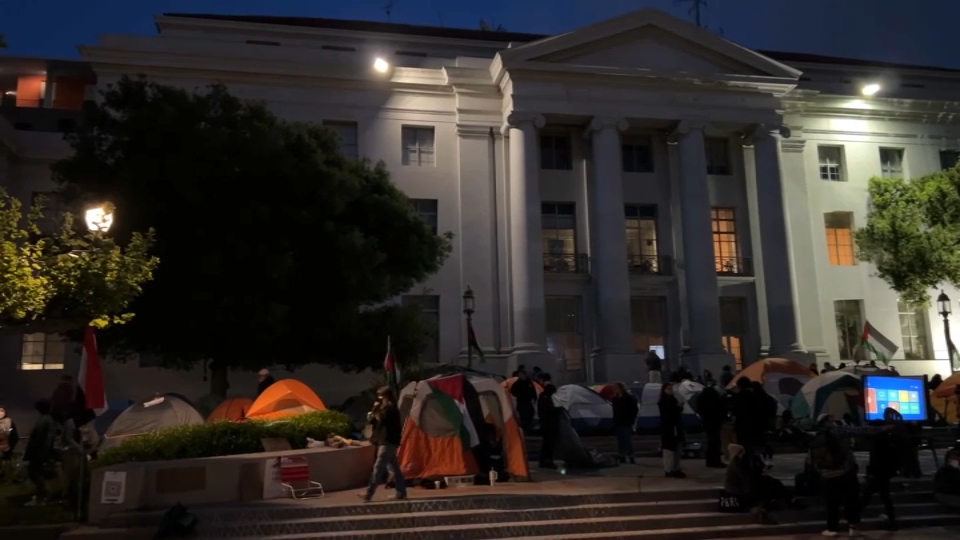There is a small park in West Oakland. Its grassy knolls are knotted and uneven, as if to suggest the rolling of an earthquake. On a wall, a massive Richter scale details the shaking the Bay Area endured on October, 17 1989 when the Loma Prieta earthquake unleashed its fury.
Twisted poles reach into the sky symbolizing the ladders citizens used to try and free the victims from the twisted wreckage of the Cypress Freeway. The park sits just off the Mandela Parkway, a scenic boulevard laid out in the path where the Cypress split the neighborhood.
On a wall, large letters spell out "15 seconds." Those 15 seconds -- the length of Loma Prieta's shaking -- changed the Bay Area forever. But they not only changed its landscape, they dislodged an old approach to urban planning that had been entrenched for decades.
History will look back at structures like San Francisco's Embarcadero Freeway, the Central Freeway, and Oakland's Cypress Viaduct as temples of convenience for a car-happy world. But the '89 quake forced people to rethink their communities.
"It was both a tragedy and an opportunity," said urban expert Jim Chappell of the natural disaster that took 63 lives.
The "opportunity," San Francisco city leaders discovered, was the excuse to remove large freeway behemoths that had long cast a concrete shadow over neighborhoods.
Tom Stinson, who owns Sinbad's restaurant on San Francisco's Embarcadero, now sees a palm tree-lined boulevard where the dark, cold Embarcadero freeway once stood.
Local
"Truly now, anyone who journeys down this street is going to have an enjoyable time, whether they're walking, bicycling, skateboarding," he said. It's hard to imagine anyone venturing into the old freeway's shadows to engage in such activities.
Former San Francisco Mayor Art Agnos says the earthquake empowered city leaders to fix the mistakes of the past -- mistakes bitterly defended by those who rejected the changes.
"Clearly the city is better than it was before," he said. "We fixed the broken places in a better fashion."
Agnos points to the Embarcadero, the Giant's sparkling ballpark, and the Octavia Boulevard as transformations resulting from the '89 quake.
Chappell says new boulevards like the Octavia Boulevard and Mandela Parkway are signs of an urban rebirth following a trend in the Bay Area to fill urban centers with freeways.
"We're rediscovering what cities are and how wonderful cities can be," he said. "Urban dense life is the environmentally preferably way of living."
Louise King walks along Oakland's Mandela Parkway, surveying the tree lined boulevard. Her 95-year-old neighbor sits on a park bench watching the scene.
"This is a major beautification," King said. "You wouldn't be ashamed to bring anyone from out of state here."
Nearby, the small park devoted to the earthquake's victims, stares out where the Cypress Viaduct once towered. A small plaque pays tribute to the 42 victims of the freeway collapse, and the heroes who tried to rescue them.
But the park isn't just a tribute to the dead. In many ways its a tribute to the living, who endured tragedy, only to discover progress.



